Growing fresh dill indoors can seem like a daunting task, especially if you’re new to the world of indoor gardening. But trust me, it’s easier than you think, and the rewards are incredibly flavorful! Imagine having a constant supply of fragrant dill right at your fingertips, ready to elevate your culinary creations. No more sad, wilted bunches from the grocery store – just vibrant, fresh dill whenever you need it.
Dill has been cherished for centuries, with evidence of its use dating back to ancient Egypt and Rome. It wasn’t just a culinary herb; it was also valued for its medicinal properties and even believed to ward off evil spirits! Today, while we might not be fending off evil spirits with dill, we certainly appreciate its delightful flavor in everything from pickles and dips to salads and seafood.
But why bother growing fresh dill indoors? Well, for starters, it gives you control over the quality and freshness of your herbs. Plus, it’s a fantastic way to add a touch of green to your living space, especially during the colder months when outdoor gardening isn’t an option. I’m going to share some simple DIY tricks and hacks that will help you successfully cultivate dill indoors, even if you don’t have a green thumb. Get ready to enjoy the taste of summer all year round!
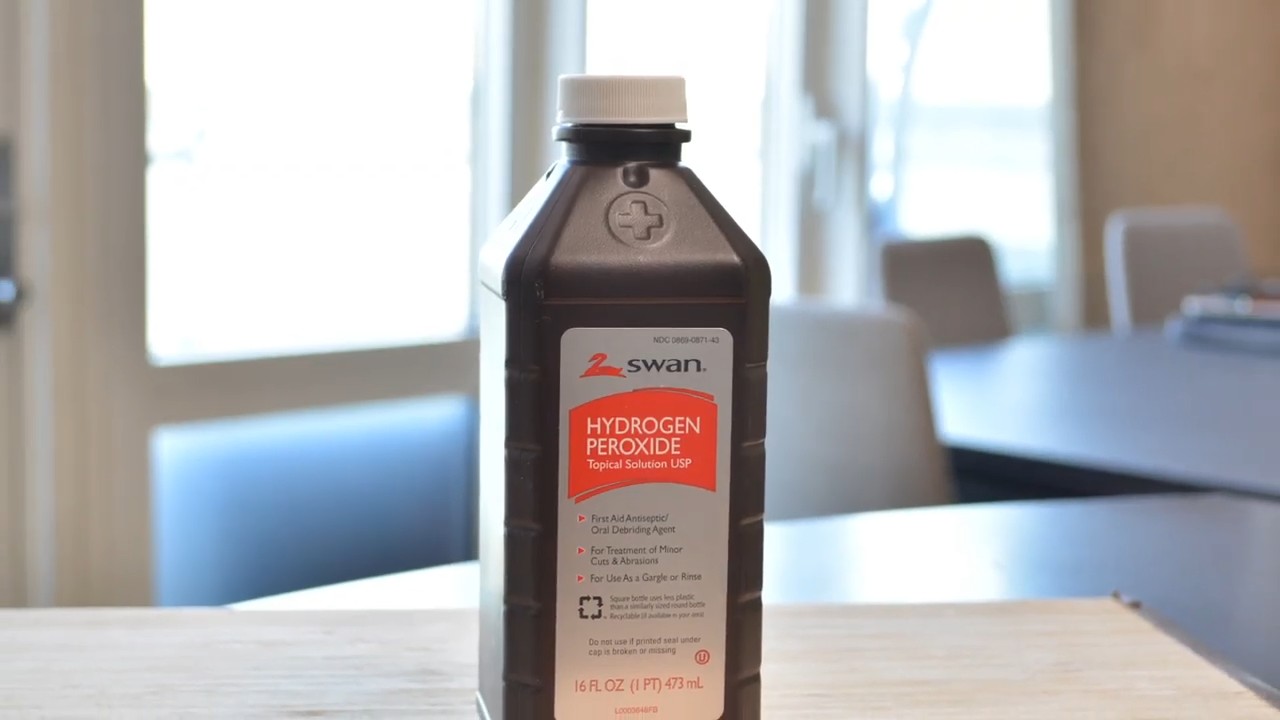
Growing Fresh Dill Indoors: A Beginner’s Guide
Hey there, fellow herb enthusiasts! Are you craving the fresh, vibrant taste of dill but don’t have a garden or the right climate? No problem! I’m going to walk you through the surprisingly simple process of growing dill indoors. Trust me, having fresh dill at your fingertips is a game-changer for everything from creamy dips to flavorful fish dishes. Let’s get started!
Choosing the Right Dill Variety
Not all dill is created equal, especially when it comes to indoor growing. Some varieties are bushier and more compact, making them ideal for containers.
* ‘Dukat’ Dill: This is a popular choice for indoor growing because it’s known for its strong flavor and relatively compact size.
* ‘Fernleaf’ Dill: As the name suggests, this variety has feathery leaves and a slightly milder flavor. It also tends to stay smaller, which is great for containers.
* ‘Bouquet’ Dill: This variety is known for its abundant foliage and is a good option if you want a lot of dill.
Gathering Your Supplies
Before we dive into the planting process, let’s make sure you have everything you need. This will save you time and frustration later on.
* Dill Seeds: Choose a variety that’s well-suited for indoor growing, as mentioned above. You can find these at most garden centers or online.
* Potting Mix: Use a high-quality, well-draining potting mix. Avoid using garden soil, as it can compact and not drain properly in containers. I personally like a mix that includes peat moss, perlite, and vermiculite.
* Container: Select a pot that’s at least 6 inches deep and wide. Dill has a taproot, so it needs enough space to grow. Make sure the pot has drainage holes to prevent waterlogging.
* Grow Lights (Optional but Recommended): While dill can grow near a sunny window, grow lights will provide consistent and adequate light, especially during the darker months.
* Watering Can or Spray Bottle: For gentle and even watering.
* Small Shovel or Trowel: For planting the seeds.
* Seed Starting Tray (Optional): If you prefer to start your seeds indoors before transplanting them to a larger pot.
Planting Your Dill Seeds
Now for the fun part! Let’s get those dill seeds in the soil.
1. Prepare the Pot: Fill your chosen container with the potting mix, leaving about an inch of space at the top. Gently pat down the soil to remove any large air pockets.
2. Sow the Seeds: Sprinkle the dill seeds evenly over the surface of the soil. Dill seeds are small, so don’t worry about spacing them perfectly. A pinch of seeds per square inch is a good guideline.
3. Cover the Seeds: Lightly cover the seeds with a thin layer of potting mix, about 1/4 inch deep. Dill seeds need light to germinate, so don’t bury them too deeply.
4. Water Gently: Use a watering can or spray bottle to gently moisten the soil. Be careful not to dislodge the seeds. The soil should be damp but not soggy.
5. Provide Light: Place the pot in a warm location with plenty of sunlight. A south-facing window is ideal. If you’re using grow lights, position them a few inches above the soil surface and keep them on for 12-14 hours per day.
6. Maintain Moisture: Keep the soil consistently moist but not waterlogged. Check the soil moisture daily by sticking your finger into the soil. If the top inch feels dry, it’s time to water.
Germination and Early Growth
Patience is key! Dill seeds typically germinate in 7-14 days.
1. Monitor Germination: Keep an eye on your pot for signs of germination. Once the seedlings emerge, make sure they’re getting enough light.
2. Thin Seedlings (If Necessary): If you have too many seedlings growing close together, you can thin them out by gently snipping off the weaker ones at the soil line. This will give the remaining seedlings more space to grow. Aim for a spacing of about 2-3 inches between plants.
3. Provide Support (Optional): As your dill plants grow taller, they may need some support to prevent them from flopping over. You can use small stakes or a tomato cage to provide support.
Caring for Your Indoor Dill Plants
Once your dill plants are established, it’s important to provide them with the right care to ensure they thrive.
1. Watering: Water your dill plants regularly, keeping the soil consistently moist but not waterlogged. Allow the top inch of soil to dry out slightly between waterings. Overwatering can lead to root rot, so be careful not to overdo it.
2. Lighting: Dill needs at least 6 hours of sunlight per day. If you’re growing your dill near a window, rotate the pot regularly to ensure that all sides of the plant receive equal light. If you’re using grow lights, keep them on for 12-14 hours per day.
3. Fertilizing: Dill doesn’t need a lot of fertilizer, but a light feeding every few weeks can help promote healthy growth. Use a balanced liquid fertilizer diluted to half strength.
4. Temperature: Dill prefers temperatures between 60-70°F (15-21°C). Avoid placing your dill plants near drafts or sources of extreme heat or cold.
5. Pest Control: Keep an eye out for common pests like aphids and spider mites. If you notice any pests, you can try spraying your plants with insecticidal soap or neem oil.
6. Pruning: Pruning your dill plants regularly will encourage them to produce more foliage. Simply snip off the top leaves as needed. You can also remove any yellow or brown leaves.
Harvesting Your Fresh Dill
The best part! You can start harvesting your dill once the plants are about 6-8 inches tall.
1. Harvesting Leaves: To harvest dill leaves, simply snip off the stems with scissors or pruning shears. You can harvest as much or as little as you need.
2. Harvesting Seeds: If you want to harvest dill seeds, allow the plants to flower. Once the flowers have dried and turned brown, you can cut off the seed heads and allow them to dry completely. Then, you can shake the seeds out of the seed heads.
3. Using Your Fresh Dill: Fresh dill is best used immediately. You can add it to salads, soups, sauces, dips, and fish dishes. You can also dry or freeze dill for later use. To dry dill, hang the stems upside down in a cool, dry place until they’re completely dry. To freeze dill, chop it up and place it in ice cube trays with water or olive oil.
Troubleshooting Common Problems
Even with the best care, you might encounter a few problems along the way. Here are some common issues and how to address them:
* Yellowing Leaves: This can be caused by overwatering, underwatering, or nutrient deficiencies. Adjust your watering schedule and fertilize your plants if necessary.
* Leggy Growth: This is usually caused by insufficient light. Move your plants to a sunnier location or use grow lights.
* Pests: As mentioned earlier, aphids and spider mites are common pests. Treat them with insecticidal soap or neem oil.
* Damping Off: This is a fungal disease that can kill seedlings. To prevent damping off, use a sterile potting mix and avoid overwatering.
Extending Your Dill Harvest
Dill is an annual plant, meaning it completes its life cycle in one year. However, you can extend your harvest by succession planting.
* Succession Planting: Sow new dill seeds every few weeks to ensure a continuous supply of fresh dill.
* Allowing Plants to Self-Seed: If you allow some of your dill plants to flower and go to seed, they may self-seed, meaning the seeds will drop to the ground and germinate on their own. This can provide you with a continuous supply of dill without having to sow new seeds.
Enjoying Your Homegrown Dill
Growing dill indoors is a rewarding experience that allows you to enjoy fresh, flavorful herbs year-round. With a little bit of care and attention, you can have a thriving dill plant that provides you with an abundance of delicious leaves and seeds. So go ahead, give it a try! I promise you won’t regret it. Happy growing!
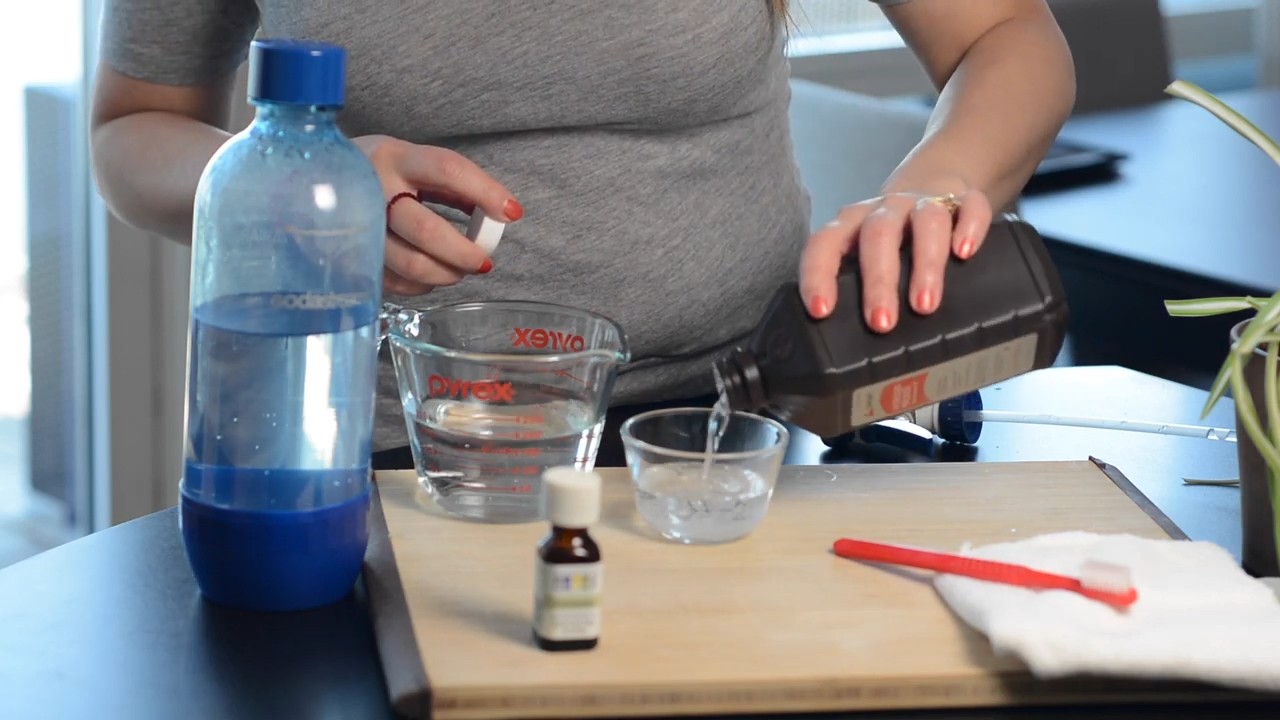
Conclusion
So, there you have it! Growing fresh dill indoors is not only achievable, but it’s also a remarkably rewarding experience. Imagine having a constant supply of fragrant, flavorful dill right at your fingertips, ready to elevate your culinary creations at a moment’s notice. No more last-minute dashes to the grocery store or settling for dried herbs that lack the vibrant zest of fresh dill.
This DIY trick is a must-try for several compelling reasons. First and foremost, it offers unparalleled convenience. Whether you live in an apartment with limited outdoor space or simply want to enjoy fresh herbs year-round, indoor dill cultivation provides a practical and accessible solution. Secondly, it’s incredibly cost-effective. Think about how much you spend on those small bunches of dill at the supermarket. Over time, the savings from growing your own will definitely add up. Thirdly, and perhaps most importantly, it allows you to control the quality of your dill. You can be confident that your herbs are free from pesticides and other harmful chemicals, ensuring a healthier and more flavorful addition to your meals.
But the benefits don’t stop there. Growing dill indoors can also be a therapeutic and enjoyable hobby. Nurturing your plants, watching them grow, and harvesting your own herbs can be incredibly satisfying. It’s a simple way to connect with nature and bring a touch of greenery into your home.
Looking for variations? Consider experimenting with different dill varieties. ‘Bouquet’ dill is a popular choice for its compact size and abundant foliage, making it ideal for indoor growing. ‘Fernleaf’ dill is another excellent option, known for its feathery leaves and robust flavor. You can also try growing dill in different types of containers, from traditional pots to self-watering planters. Just be sure to choose a container with adequate drainage to prevent root rot. Another variation is to try companion planting. Dill is known to be a good companion plant for certain vegetables, such as tomatoes and cucumbers, so you could try growing them together in a larger container.
Don’t be intimidated if you’re new to indoor gardening. Growing dill indoors is surprisingly easy, even for beginners. With a little bit of sunlight, well-draining soil, and regular watering, you’ll be well on your way to harvesting your own fresh dill in no time.
We wholeheartedly encourage you to give this DIY trick a try. It’s a simple, affordable, and rewarding way to enhance your culinary experience and bring a touch of nature into your home. Once you’ve harvested your first batch of homegrown dill, we’d love to hear about your experience! Share your tips, tricks, and photos in the comments below. Let’s create a community of indoor dill enthusiasts and inspire others to embrace the joys of homegrown herbs. Let us know what delicious recipes you used your homegrown dill in! Did you make a creamy dill sauce for salmon? Or perhaps you added it to a refreshing cucumber salad? We’re eager to hear all about it! So, grab your seeds, pots, and soil, and get ready to embark on your indoor dill-growing adventure. Happy gardening!
Frequently Asked Questions (FAQ)
What kind of soil is best for growing dill indoors?
Dill thrives in well-draining soil that is rich in organic matter. A good potting mix specifically formulated for herbs is an excellent choice. You can also create your own mix by combining equal parts of potting soil, perlite, and compost. The perlite helps to improve drainage, while the compost provides essential nutrients for healthy growth. Avoid using heavy garden soil, as it can become compacted and hinder root development.
How much sunlight does indoor dill need?
Dill requires at least 6 hours of direct sunlight per day to thrive indoors. A south-facing window is ideal, but an east- or west-facing window can also work if it provides sufficient light. If you don’t have access to enough natural light, you can supplement with a grow light. Position the grow light a few inches above the plants and keep it on for 12-14 hours per day. Insufficient light can lead to leggy growth and reduced flavor.
How often should I water my indoor dill plants?
Water your dill plants when the top inch of soil feels dry to the touch. Avoid overwatering, as this can lead to root rot. Water thoroughly until the excess water drains out of the bottom of the pot. During the warmer months, you may need to water more frequently. In the winter, when growth slows down, you can reduce watering. Always check the soil moisture before watering to ensure that your plants are not sitting in soggy soil.
How do I harvest dill from my indoor plants?
You can start harvesting dill leaves once the plants are about 6-8 inches tall. Simply snip off the leaves with scissors or pruning shears. Avoid removing more than one-third of the plant at a time, as this can stunt its growth. For the best flavor, harvest dill leaves in the morning, after the dew has dried. You can use the fresh dill leaves immediately or store them in the refrigerator for a few days. To dry dill, hang the stems upside down in a cool, dark, and well-ventilated place.
Can I grow dill from seed indoors?
Yes, growing dill from seed indoors is a relatively easy process. Start by sowing the seeds directly into your chosen container, about ¼ inch deep. Keep the soil moist but not soggy, and provide plenty of light. Germination typically occurs within 7-14 days. Once the seedlings have emerged, thin them out so that there are only a few plants per pot. You can also start dill seeds in seed trays and transplant them into larger containers once they have developed a few sets of true leaves.
What are some common problems when growing dill indoors?
Some common problems when growing dill indoors include aphids, spider mites, and powdery mildew. Aphids and spider mites can be controlled with insecticidal soap or neem oil. Powdery mildew is a fungal disease that can be prevented by providing good air circulation and avoiding overwatering. If you notice any signs of disease or pests, treat your plants promptly to prevent the problem from spreading.
How do I encourage bushy growth in my indoor dill plants?
To encourage bushy growth, pinch back the tips of the stems when the plants are about 6 inches tall. This will encourage the plants to branch out and produce more leaves. You can also fertilize your dill plants every few weeks with a balanced liquid fertilizer to promote healthy growth. Regular harvesting will also encourage the plants to produce new growth.
Can I grow dill indoors year-round?
Yes, with proper care, you can grow dill indoors year-round. Provide your plants with plenty of light, water, and nutrients, and they will continue to thrive even during the winter months. You may need to adjust your watering schedule and fertilization frequency depending on the season. With a little bit of attention, you can enjoy fresh dill from your indoor garden all year long.
Is dill a good companion plant for other indoor herbs?
Dill can be a good companion plant for some herbs, but it’s important to consider their individual needs. It generally pairs well with herbs that prefer similar growing conditions, such as parsley and chives. However, it’s best to avoid planting dill near fennel, as they can cross-pollinate and affect the flavor of both herbs. Research the specific needs of each herb before planting them together to ensure that they will thrive.


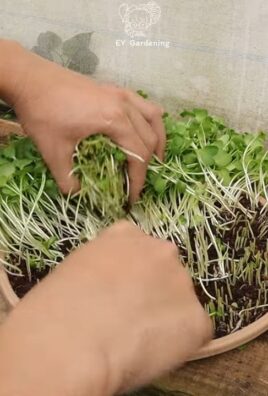
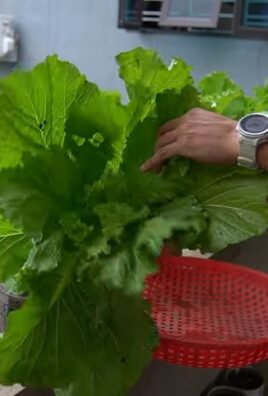
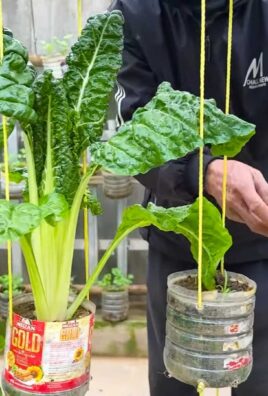
Leave a Comment